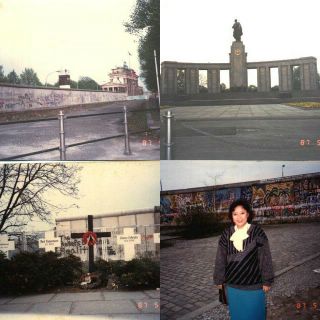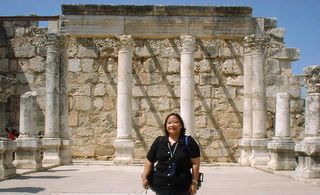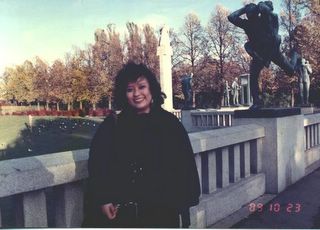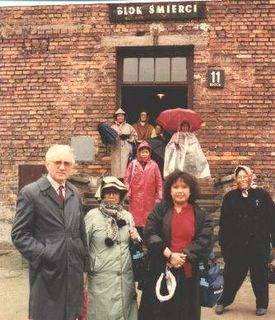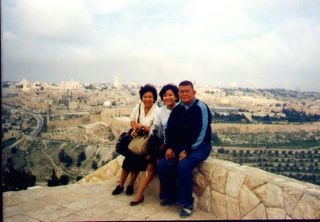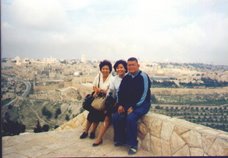The Most Scenic Train Ride in Europe

flammyrdalclear 
The first time I went to Norway during the month of October with my parents, we flew straight to Oslo. After checking in at the very elegant Continental hotel we sat down and started studying the places we will be visiting. I suddenly came across an item in the hotel’s tourist book, which mentioned that the most scenic rail route in Europe is the train ride from Oslo to Bergen with a detour to Flam, Gundvangen, Stalheim and Voss and that the trip has an opportunity for a relaxing Fjords tour.
Early the following day, we took the train from the Oslo Central Station. The train ride from Oslo to Bergen is a 300-mile length of track, passing through 200 tunnels and 18 miles of snow sheds in addition to crossing more than 300 bridges.
After only half an hour of travel I noticed that the whole surrounding was already covered with snow. Our first stop was Finse, the highest elevation (4,267 ft.) above sea level of the entire Oslo-Bergen line. In Finse, workers were stationed permanently to remove the snow on the tracks nine months each year and repair the snow sheds between Oslo and Finse. The scenery changes from ice glaciers, ski resorts, waterfalls and fast gushing rivers.
Our next stop was at Myrdal where we had to transfer to another train, the famous “Flam Line” for a twelve and a half mile travel which gave us a most breathtaking view of nature at its best. The train journey from Myrdal to Flam is a railway experience unparalleled in Europe. The journey from Myrdal to Flam took about 45 minutes, and the train traveled slowly and even stopped at the most scenic spots to ensure that we experienced the full impact of glorious nature.
The railways had the greatest incline of any Norwegian track at 5.5 degrees in one stretch. This line is really a masterpiece in engineering I would say. The descent is so steep that the train takes a longer time to go downhill than it does to go up. It had five different braking systems, anyone of which is enough to stop the train.
Along one stretch, the mountainside is so steep that the train has to go through reverse tunnels and the track in one particular half mile run goes on five different levels. When we reached the finest scenic spot, the train proceeded slowly then stopped in order for us to have the best view of the magnificent scenery.
We passed a total of 21 hairpin bends. In two places, the train stopped for several minutes so we can get off and walk closer to an enormous raging waterfall that cascaded close to the train. The force of the gushing water is such music to hear and admire. This is such a great photo spot that everyone just had to get out and capture the postcard pretty scenery.
We then proceeded down and stopped at Flam to take lunch. Temperature here was below 11 degrees centigrade. Flåm lies in a sheltered position at the end of the Aurland Fjord. This arm of the Sognefjord penetrates inland 200km and is thus Norway's longest. The climate here is warm and pleasant, as can be seen by the many orchards After lunch and a brief rest, we boarded a fjord boat on Sognefjord, for a most relaxing and beautiful fjords cruise along the unspoiled coastal mountains. The Sognefjord is the longest and deepest fjord in Norway – a gigantic chasm that goes through 180 kilometers into the country and plunges to the awesome depth of 1300 meters. The cruise ended in Gundvangen where we took a bus to Voss via the famous Stalheim mountain resort.
In Voss, we transferred to another train that brought us to Bergen. Bergen is another beautiful tourist attraction, the cultural center of Norway.

